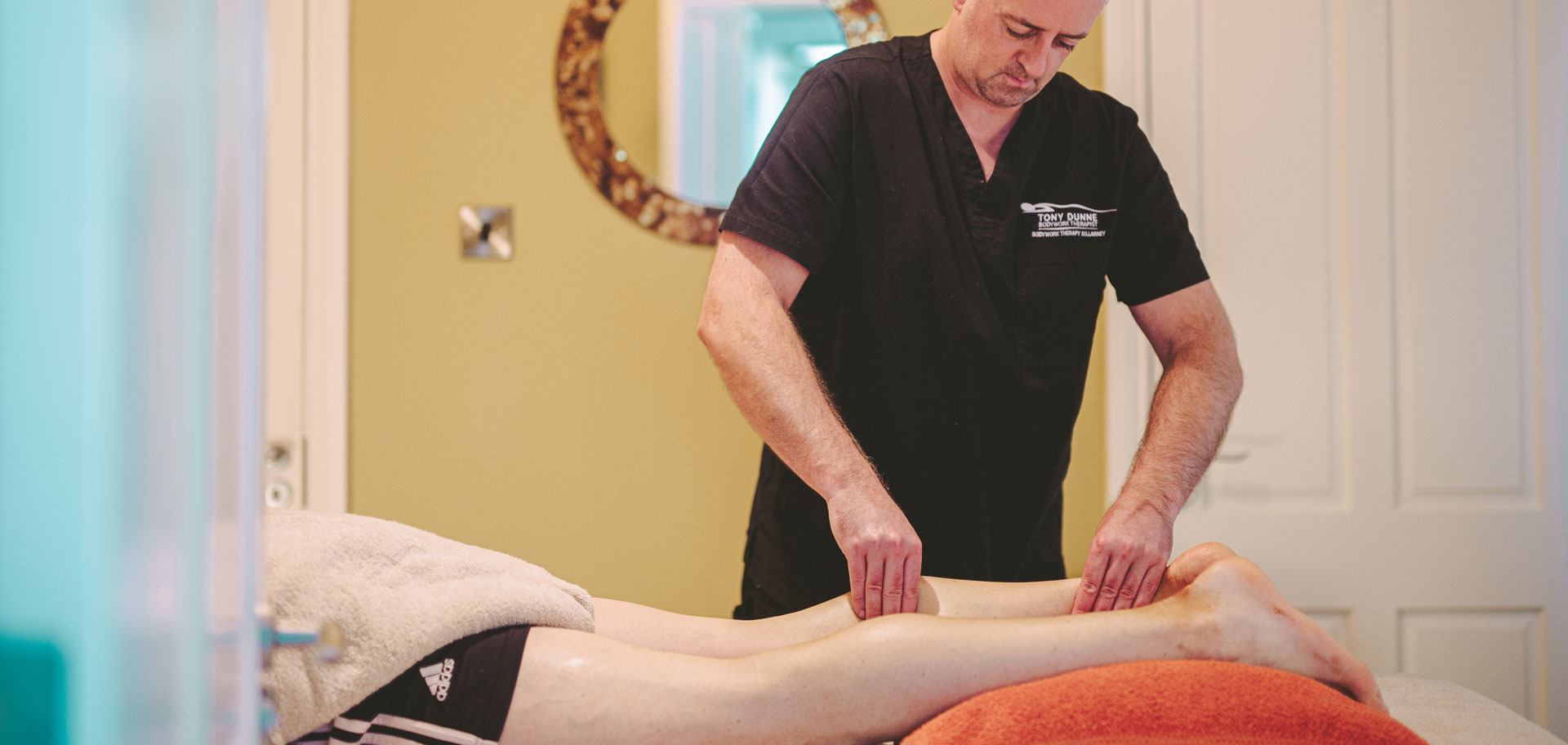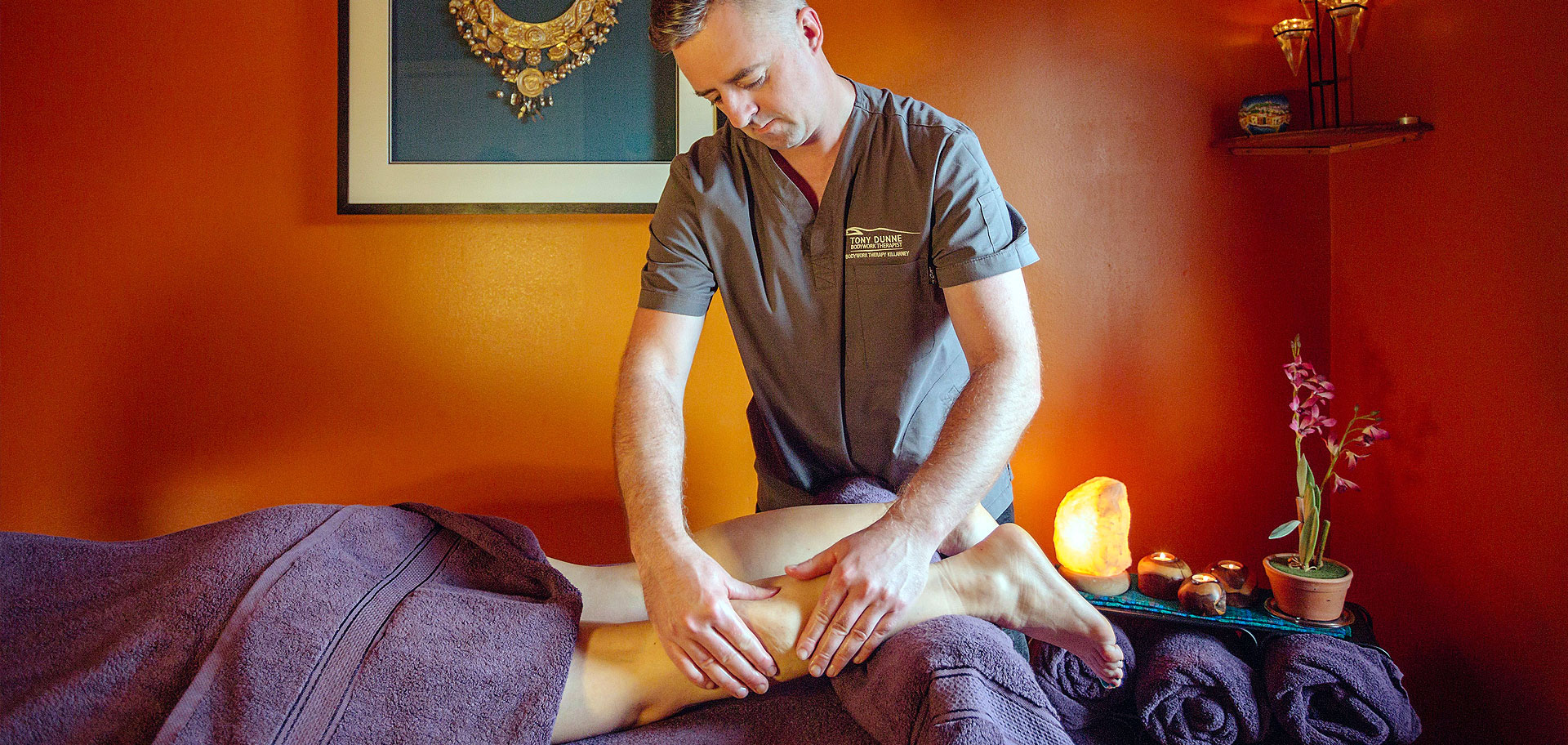
Deep tissue massage therapy focuses on realigning deeper layers of muscles and connective tissue.
What is Deep Tissue Massage?
Deep tissue massage is a type of massage therapy that focuses on realigning deeper layers of muscles and connective tissue. It is especially helpful for chronic aches and pains and contracted areas such as stiff neck and upper back, low back pain, leg muscle tightness, and sore shoulders.
Deep tissue massage is a type of massage therapy that focuses on realigning deeper layers of muscles and connective tissue. It is especially helpful for chronic aches and pains and contracted areas such as stiff neck and upper back, low back pain, leg muscle tightness, and sore shoulders.
Some of the same strokes are used as classic massage therapy, but the movement is slower and the pressure is deeper and concentrated on areas of tension and pain in order to reach the sub-layer of muscles and the fascia (the connective tissue surrounding muscles).
How Does It Work?
When there is chronic muscle tension or injury, there are usually adhesions (bands of painful, rigid tissue) in muscles, tendons, and ligaments. Adhesions can block circulation and cause pain, limited movement, and inflammation. Deep tissue massage works by physically breaking down these adhesions to relieve pain and restore normal movement. To do this, I use massage oil and often uses direct deep pressure. Muscles must be relaxed in order for me to reach the deeper musculature.
Does Deep Tissue Massage Hurt?
At certain points during the massage, most people find there is usually some discomfort and pain. It is important to tell the massage therapist when things hurt and if any soreness or pain you experience is outside your comfort range. There is usually some stiffness or pain after a deep tissue massage, but it should subside within a day or so.
What does it cost?
My Deep Tissue Massage treatments are specific to your pain symptoms and generally cost €30 euro for a 30 minute session (back or back of legs), €40 for a 45 minute session (back and back of legs) or €50 for an hour session (full body).
Benefits of Deep Tissue Massage
Deep tissue massage usually focuses on a specific problem, such as chronic muscle pain, injury rehabilitation, and the following conditions:
- Chronic pain
- Lower back pain
- Limited mobility
- Recovery from injuries (e.g. whiplash, falls, sports injury)
- Repetitive strain injury, such as carpal tunnel syndrome
- Postural problems
- Muscle tension in the hamstrings, glutes, IT band, legs, quadriceps, rhomboids, upper back
- Ostearthritis pain
- Sciatica
- Piriformis syndrome
- Tennis elbow
- Fibromyalgia
- Muscle tension or spasm
- After a workout or bodybuilding
What can you expect during your treatment?
I may use fingertips, knuckles, hands, elbows, and forearms during the deep tissue massage. You may be asked to breathe deeply as I work on certain tense areas.
Precautions/Contra-indications
Massage is not recommended for certain people:
- Infectious skin disease, rash, or open wounds
- Immediately after surgery
- Immediately after chemotherapy or radiation, unless recommended by your doctor
- People with osteoporosis should consult their doctor before getting a massage
- Prone to blood clots. There is a risk of blood clots being dislodged. If you have heart disease, check with your doctor before having a massage
- Pregnant women should check with their doctor first if they are considering getting a massage.
- Massage should not be done directly over bruises, inflamed skin, unhealed wounds, tumours, abdominal hernia, or areas of recent fractures.
Tips and After Care
- Don’t eat a heavy meal before the massage.
- If it’s your first time at my treatment room or the clinic at Beauty Within, arrive at least 10 minutes early to complete the necessary forms. Otherwise, arrive 5 minutes early so you can have a few minutes to rest and relax before starting the massage.
- A deep tissue massage may result in muscle soreness or tenderness, which may last a day or two.
- Drinking water after the massage may help to flush out toxins that are released from muscles and properly rehydrate muscles, which can help to reduce muscle aches and stiffness after a massage.
- Avoid strenuous activity after a massage.
- Stretching can help to prevent muscle aches and pain after a deep tissue massage. I will give you a self-treatment care plan of various useful stretches and exercises to do at home that will aid recovery and help to minimise or hopefully eliminate any pain you may still have.









